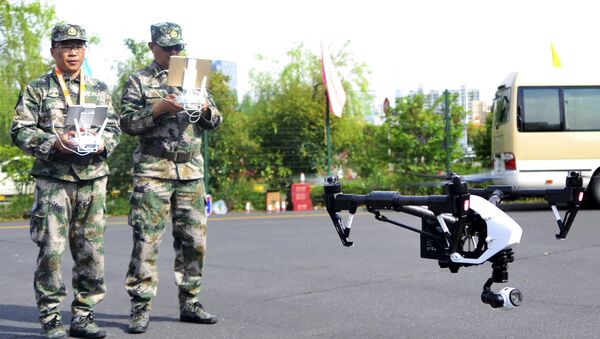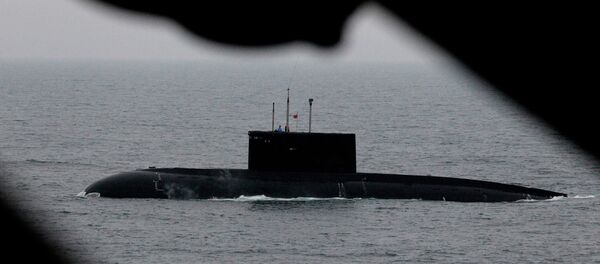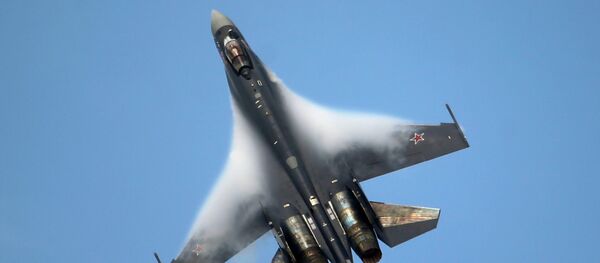Beijing is developing a number of drones, including long-rage UAVs such as the Xianglong, Yilong, Sky Saber, and Lijian. Three of these drones are capable of carrying precision strike weapons, while Lijian is a weaponized stealth UAV.
Lijian, likely designed for reconnaissance and combat missions, conducted its maiden flight in November 2013. In the same year, China started using drones in military drills.
"The acquisition and development of longer-range UAVs will increase China's ability to conduct long-range reconnaissance and strike operations," as per the Pentagon.
Although estimates vary, the US Department of Defense is believed to have at least 7,000 drones at its disposal, while the Central Intelligence Agency and the US Department of Homeland Security combined have approximately 40 UAVs.
Moreover, market researcher Forecast International expects Aviation Industry Corp of China (AVIC), the largest producer of military drones in the country, to reach the top spot globally.
The drones, produced in China, will go to the military but are also built for export. Beijing hopes to increase its share of the global drone market by offering UAVs that are significantly cheaper than those produced by the US. Furthermore, China is willing to sell them to other countries, while the US only exported its armed drones to the UK and is reluctant to add new names to this list.
However, China is not indiscriminate in its weapons export policy.
Earlier this year, Chinese Foreign Ministry said the country was "extremely cautious and responsible" with regard to choosing states it sells weapons to. "We follow principles … not damaging global and regional peace and stability," the ministry spokesman said.




